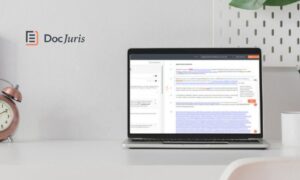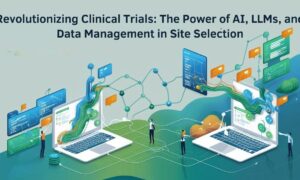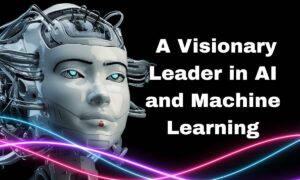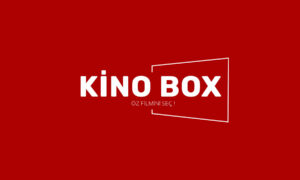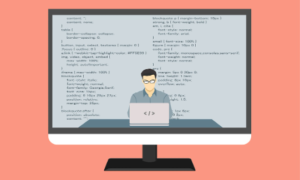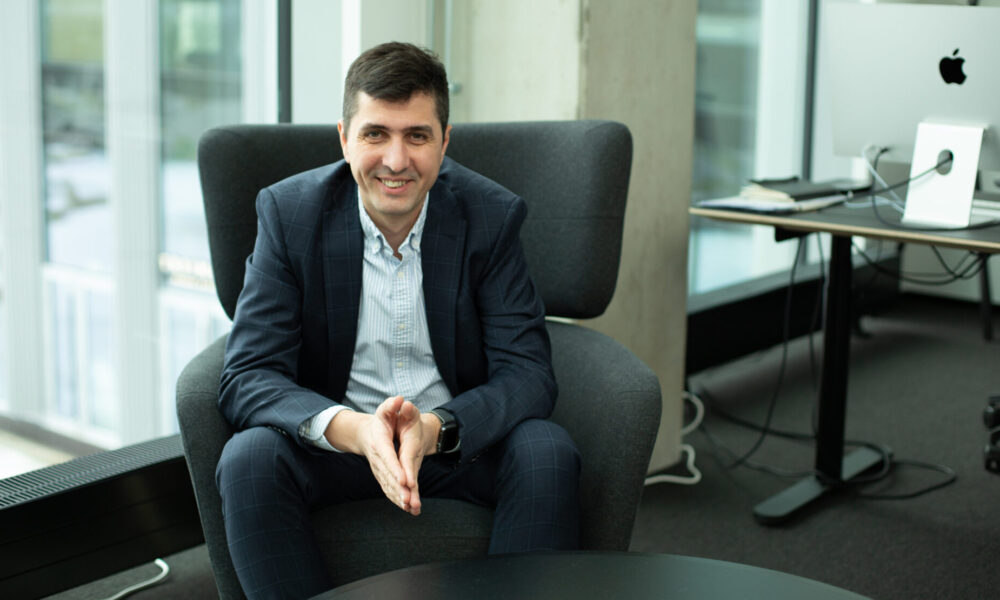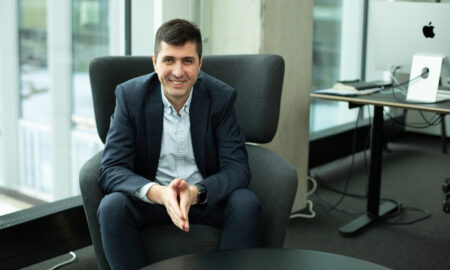From helping Fortune 500 executives ditch guesswork for measurable insight, to designing AI-assisted frameworks that make the “unquantifiable” visible, her work bridges analytics, design, consulting, and behavioral science. Her philosophy? Great data work doesn’t start with software, and it definitely doesn’t end with a chart. It starts with the right questions, and ends in decisions people can trust.
In this TechBullion exclusive, Daria Voronova (Aria Voron) opens up about what separates average analysts from impactful professionals, why most external consulting fails without internal growth, and how her new AI-driven course is reshaping how professionals learn to think like data consultants. She also shares a glimpse into her latest venture, one that applies NLP and visualization to behavioral data in ways that could redefine how we understand human systems.
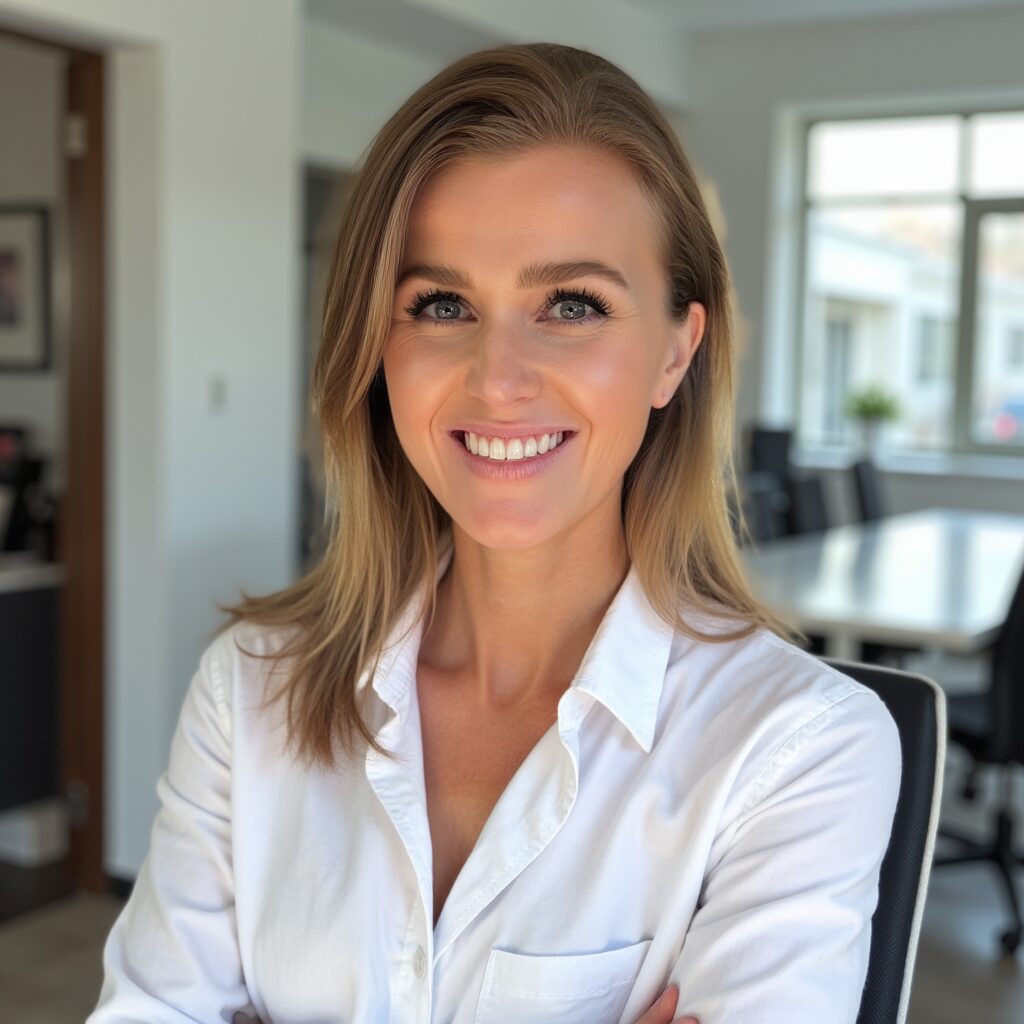
Daria Voronova (Aria Voron)
1) Please tell us more about yourself.
I have spent the last 8 years working at the intersection of data visualization, business intelligence and advanced analytics. My experience mostly involves collaborating with high level stakeholders, including executive teams and Fortune 500 clients. —And I’ve always been professionally focused on one thing: helping people to stop guessing and to start thinking clearly. Not just by building reports, but helping teams move from gut-based decisions to structured, measurable strategies.
What makes my approach different, is that I don’t treat visuals as the final step. They are part of a bigger system that starts with real questions and ends with aligned decisions. I build that system from clarifying the business problem to shaping the data model to designing the tools people can actually use and understand.
At the same time, sharing what I’ve learned— has been a core part of my work.
Over the last 4 years I’ve co-led data visualization user groups, trained consultants, and run workshops, for both internal processes and public use. But what I care about most, is showing people how to stop thinking like tool users, and start thinking like strategic partners.
Because it’s not about knowing data visualization.
It’s about knowing what you are trying to solve and how to build something then changes what people do next.
That mindset is the core of all my training and it’s how I’ve helped thousands of people across the global data visualization community . My latest project is an AI-assisted course that helps professionals go from “I want to learn dashboards” to “I think like a data consultant” —fast, practical and built for the real world.
2) You have a lot of years of experience using visualization tools extensively. Can you share an example of a project where your approach to data visualization made a real difference in how a client made decisions — and what, in your view, made that project successful?
Through the years, there have been so many projects that gave me the insights which shaped my professional approach today. The short answer? Creative thinking. It just simply opens doors.
What shaped me the most, was learning how to think like a data visualization expert from the very beginning. And that means learning how to see things through to from the beginning to the end. From the moment a stakeholder asks a big question, to the moment they are acting on a clear visual answer.
Most of the time people don’t know exactly what they’re asking. They will say things like “Why are sales down?” or “Can I get campaign numbers?”.
But these aren’t really questions we can work with – they are symptoms.
My role is to decode them.
My professional advise is this:
Instead of opening topics that don’t provide tangible or actionable solutions, I I would ask these:
- What behavior are we trying to change?
- What decision needs to be made?
- What context is missing?
So I reframe it:
“Which customer segment dropped in retention over the last 90 days and how does that correlate with campaign frequency or creative?” That’s a question you can answer — and a problem you can fix.
The real value of data work isn’t in charts. It’s in helping people figure out what to actually ask. This is where transformation starts. That’s the scale I learned early on, working directly with high-level stakeholders — before I even had time to find my footing.
In my particular work environment, I was thrown into complex situations and had to learn fast. Very fast.
That pressure taught me how to navigate uncertainty, translate chaos into clarity.
One of the clearest examples came later, when I was hired by a major tech company to rebuild the reporting system for their Canadian division.
At the time there was nothing. No structure and no single source of truth.
Reports were coming from different US teams and none of them worked for the Canadian context.
So I built the entire system from scratch. I interviewed every department – marketing, sales, operations, business development to understand what they needed.
I cleaned up conflicting reports, aligned the definitions and created a single reporting framework that reflected how the Canadian business actually operated.
I didn’t just make a dashboard, I rebuilt how they worked with data.
That system became their foundation for performance reviews, campaign planning and executive reporting.
What made the project successful wasn’t the software, it was the thinking. Going from a vague ask to a real insight, again and again, is what turned reporting into something people actually used.
3) Your consulting work gained traction quickly. What helped you stand out, especially in the early stages of your career?
I’ve never seen my work as just formality. For me it’s always been more than just completing a task. It’s about bringing something that others can’t.
If I take something on, I want it to be a turning point. I want real change—not just strategy on paper, but action that shifts how the company works.
I didn’t become a top consultant because I was the most technical. I got there because I know how to think clearly, ask the right questions and deliver work that actually changes how people operate.
What helped me stand out early on was simple: I never just built what people asked for. I asked why they needed it. A stakeholder would just say: “We need a dashboard and/or another table, or just a bunch of numbers…”, and I would ask them: “What decisions are you trying to make?” That shift in mindset made everything different.
Also I had to learn fast. I started my career working directly with enterprise clients. Sometimes in rooms where I was the youngest by 15 years. I didn’t have time to overthink. I had to listen, understand quickly and deliver something that made people stop and say “That’s exactly what we needed” or “Wow, we’ve never seen anything like that before.”
I developed a methodology that combines energy, analytics, design, and business consulting. I don’t just visualize data—I build systems that executives rely on. And I teach others to do the same.
That reputation spread quickly not just because I was loud, but because the work spoke for itself.
4) What separates truly great professionals from those who stay average?
A lot of people stop at learning the technical side of data viz tools. Or any tools actually.
People come to interviews, and show tons of certifications that don’t always prove their ability to work with complex business problems. It really boils down to 3 major things:
- A real professional isn’t the one who makes pretty shorts and visuals.
It’s someone who can quickly grasp business processes, identify weak sides and see what actually drives descitions.
- Someone who doesn’t wait for a brief. They ask the right questions themselves.
- Someone who doesn’t just recreate nicely designed charts but thinks: What do I need to show that will shift the team’s behaviour?
That’s the real difference.
Certifications are a checkbox approach. Don’t get me wrong, they are needed. Of course. Without a doubt. But what I am saying is that certificates don’t necessarily prove critical thinking, they don’t teach you how to interpret data, or how to see across team dynamics.
But if our knowledge is limited to knowing what would be the right buttons to press, it’s a dead end if we want to build anything that really matters. To see beyond the numbers, we have to break out of “spreadsheet thinking.”
It’s impossible to stare through a keyhole and wonder why we’re missing the full picture. Let’s simply open the door. Learn how the business works, map processes into reports, find what’s not being measured, and see the blindspots.
5) Many companies hire external consultants to “fix” their reporting. Why does this almost always fail without internal growth?
Companies spend a fortune on consultants – and yes! They do get impressive dashboards.
—But let’s say six months after… The impact fades. Why?
Because no one inside the company actually understands how any of it works.
And this is huge. It’s a huge investment, of not only budget, but trust.
The reports say one thing, but the thinking doesn’t change. Instead of transformation, the company becomes dependent on external help.
Rather than developing internal talent and training people to move from task- doers to internal internal advisors, companies just hope someone else will solve it all for them. They often look for low effort and high reward. Not that it’s a bad thing. It’s just not sustainable. It doesn’t help the company grow, and it’s irresponsible of a consultant who makes big promises that they don’t deliver on. That’s not how transformation works. And it creates a vicious cycle.
Real transformation doesn’t start with dashboards. It starts when internal teams learn to ask better questions. No matter how much companies spend on outside expertise, it won’t work if their teams don’t know how to use it.
If a team doesn’t necessarily understand how to leverage for example, data visualization tools to their fullest capacity, or if they don’t understand the logic behind the reports – you can barely call it “data – driven”.
That’s why I always say: If you want sustainable results, you need to grow an internal analytics consultant— which means investing in training your employees, not just dashboard builders. But strategic thinkers.
6) So what motivates people to become better at what they do?
There is nothing like a one size fits all. But here’s what I’ve seen works:
- When someone sees how their work is actually influencing leadership decisions.
- When their work is noticed and made visible.
People start to feel a sense of responsibility. They need space to grow. Not just tasks to complete.
- When someone is trusted not only to build but to understand the “why” and offer a perspective – their thinking expands. And that’s where the real expertise begins.
It’s not praise that motivates – it’s trust.
- When people start asking “How would you approach this?” – that’s the shift.
That’s when operational work evolves into strategy.
And that motivates and develops a sense of validation and growth.
I’ve witnessed it firsthand, and it’s not just accessible to large companies. Small businesses and midsize businesses can do this too. Scaling is for everyone. Not just the giants.
7) You’ve presented at a few TUGs, your new methodology of becoming a self-taught data consultant. How did you come up with the idea?
If you are just entering the field – especially from another profession – the first thing to understand is that analytics and data visualization is not just about charts and numbers.
I think the fact that the virtual education/ training and courses space is flooded with the training on the technical aspects of tools. And very few teach people how to actually work with the data, how to identify business problems or actually help our client focus on what will move the business forward— what is actionable for them.
Because your experience becomes valuable when you understand how to solve specific business problems by integrating your skills in analytics, data visualization and BI. And the more diverse your knowledge is, the more use-cases you solve with analytics – the higher your market value.
But the good news is, thanks to AI, the entry point has never been more accessible.
In the past, if you wanted to understand. For example, how Natural Language or Natural Querying Processing works in analytics, you had to go back to school or study data science for years or you would have to spend even longer working for different companies gaining this experience.
I recently developed a methodology that helps people become self-taught consultants in data visualization. We accelerate learning by simulating real-world casework— helping people reach consulting-level thinking faster, regardless of their prior backgrounds.
For example, let’s pick an industry— let’s say e-commerce —and use AI to explore the real analytical problems, common business questions, and the KPIs that truly matter.
Then we need to identify what visualizations accurately answer those questions. —Not just illustrate trends, and then it’s time to build dashboards that make business sense. Deep dive into what metrics correlations give more insight into data.
After that, I recommend to build a mock dataset, design a dashboard, and create a showcase.
It’s not about learning only how a data viz tool works.
That’s not the point.
We need data scientists to think like a consultant. We are not building a generic portfolio – we are creating comprehensive strategic reports that solve very specific practical problems. Example: we are talking about the e-commerce industry, the most common problems potential clients experience are very similar. They could be Customer Segmentation / lifetime value (CLV) monitoring, Subscription Churn analysis, Cart abandonment rate, Web Analytics etc.
This method doesn’t just teach you a skill – it gives you the mindset and structural thinking on how to solve business problems as opposed to plotting charts.
8) People are afraid AI will take their jobs. How do you see the future of analytics and data visualization in light of those changes?
AI doesn’t eliminate professionals—it redefines their roles. Anything that can be automated, will be. But thinking, interpretation, creativity. —Those only become more valuable. We are entering a new era of analytics. Before, if you wanted to understand complex data – from machine learning to BI architecture – you needed 2-3 years of formal training. Now, you can grasp these in days – if you know how to think and how to work with AI. AI opens the doors. It removes barriers.
You can start a career without a formal background, without a team or a big budget. What you need is curiosity. And the willingness to ask better questions every day. People are afraid of AI because they think it will take their jobs. But the truth is – it frees us to focus on what really needs a human – strategy, observation, thinking, judgment. The risk isn’t AI replacing people – it’s people refusing to evolve.
9) You said your next professional chapter goes beyond classic analytics. Can you share how you are applying AI and data visualization where measurement systems never existed before?
One thing I got really curious to learn about is how to integrate Data Visualization and AI. Especially Natural Language Processing. I kept asking myself “What can I quantify that hasn’t been measured before? What kind of signals were invisible without AI? That curiosity led me to start working on problems that, until very recently, were considered impossible to quantify.
One of my current startups is in stealth mode, so I can’t share too many details, but the concept is what we call “making the unquantifiable visible.”. At its core, it’s about building systems that turn subtle language patterns into structured, interpretable formats.
We’ve developed an architecture where AI ( especially NLP) combined with visualization, allows us to surface subtle shifts in communication dynamics and convert complex high-dimensional language data into time series, layered analytics, and visual trajectories of change. These are things that until now, were only understood through subjective observation.
This isn’t another BI use case. It’s something else: an interface between human communication patterns and analytical insights. And it’s all built on the idea that even soft signals like language, can be made visible, measurable, and meaningful with the right architecture.
10) Coming back to analytics — your original path — how do you see it now, after integrating AI and working with startups? Has your view of data visualization changed in the context of complex models and systems thinking?
The way we think about analytics is very different now. Years ago, it was about reports, metrics, data pipelines: tools to measure what has already happened. Visualization was always the final step, something that sat on top of the data and made it easier to read.
Now after studying AI and integrating my experience in data visualization, I see the future much differently. It’s not just the output of analytics, it’s the interface between complex models and humans. This is how we interpret layered systems, dynamic signals, and those unobvious relationships. Especially when you are doing with NLP or behavioral data, the role of data visualization shifts: you are not just showing a number – you are modeling meaning.
This shift has also changed what types of models could be used for different use cases:
1) Temporal models:not just for snapshots, but to show trajectories over time. Especially in speech data. You can’t interpret one moment without seeing the trend before and after.
2) Multi-layered architectures, because human systems such as behaviour, team dynamics, or even cognition, are never flat. These models allow interaction across layers, and visualization uncovers the structure, it doesn’t just show the surface-level basics.
3) Transformer-based NLP models for analyzing speech, logic, and tone in a way that reveals how someone thinks, not just what they say. They are better suited for pattern analysis than generation. What matters is when coherence breaks, where structure shifts, and where intention shows.
4) Probabilistic modeling: because nothing in the world is deterministic. Visualization in this context isn’t about saying “here is the answer,” it’s about saying “here is the distribution of possible futures” and here is where the attention should be.
Having that knowledge has changed how I approach data visualization. I don’t see it as a reporting system. I see it almost as cognitive infrastructure;something that allows people to understand not just what is happening, but how a system is behaving, and where their influence actually matters.
When you build visualization like that, you are not simply showing data. You are making people aware of their own thinking. That’s where impact lives. And honestly, we can’t afford to stay in table-based thinking. It’s not enough. Not when the systems we work with are layered, dynamic and constantly evolving.
If someone were to tell me that data is the future, I may disagree with them. Because visualizing this data is a technology that humanity must accept. It uncovers buried secrets. It answers the questions that would otherwise go unasked. And it helps us grow.
Can we progress forward without data visualization? Maybe. But our progress would be slower, bulkier. We’re advancing with laser-focus and minds open, full of creativity. And we’re confidently recommending these actionable solutions as experts, not as tool-users.
I was happy to answer the questions if anyone needs to reach out to me, you can connect with me on LinkedIn.

